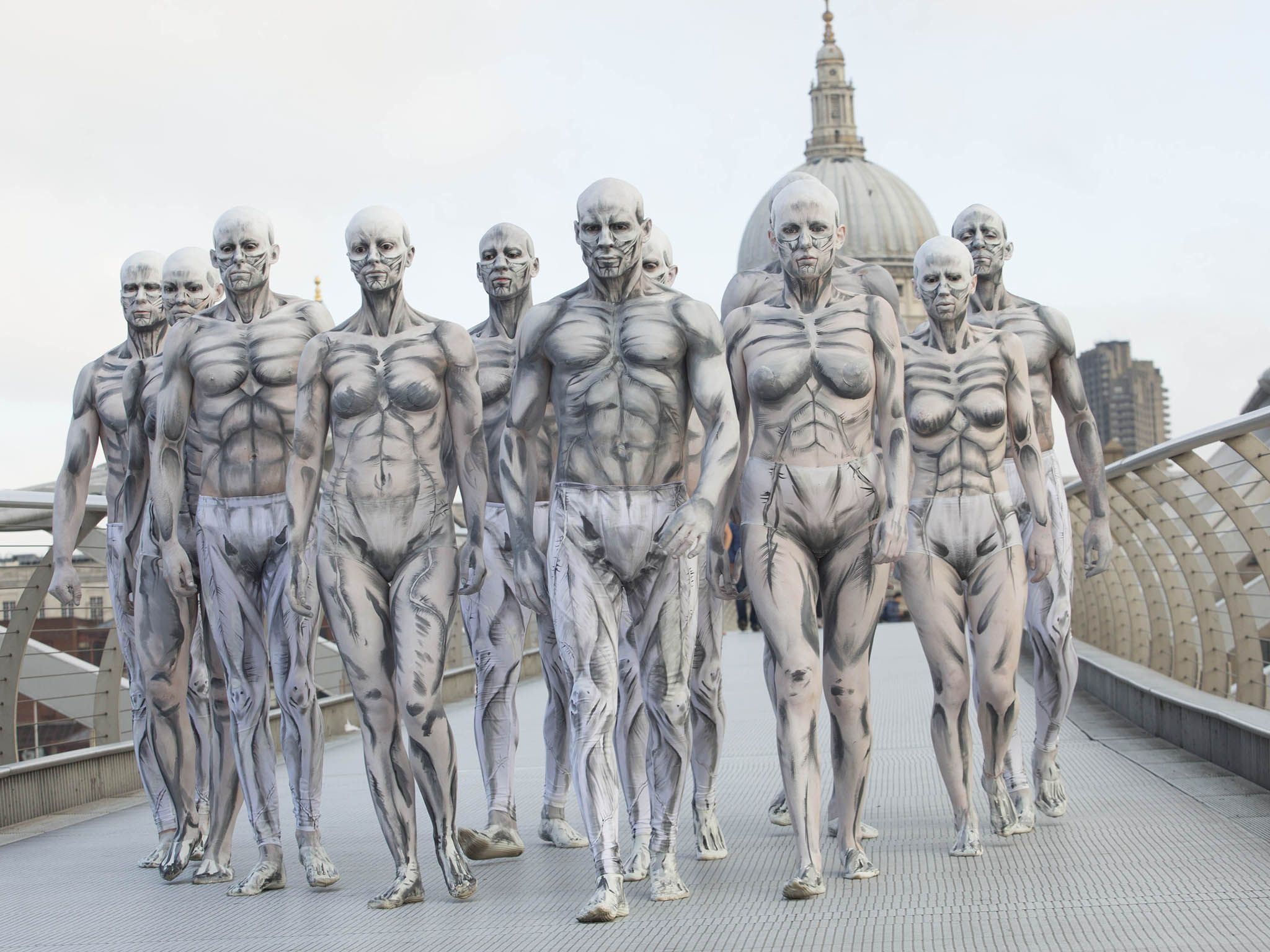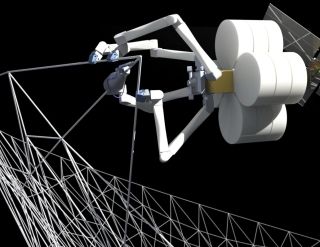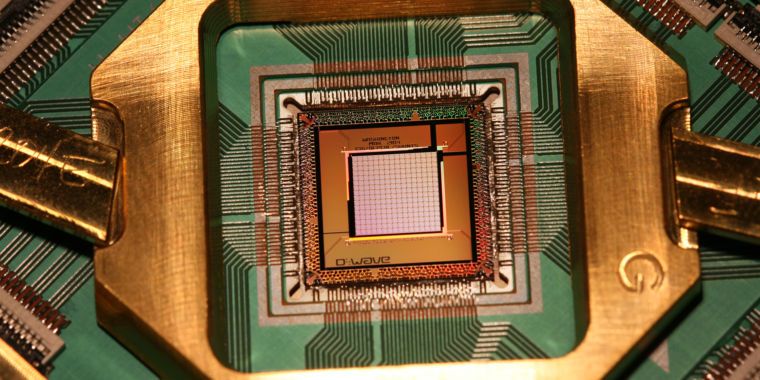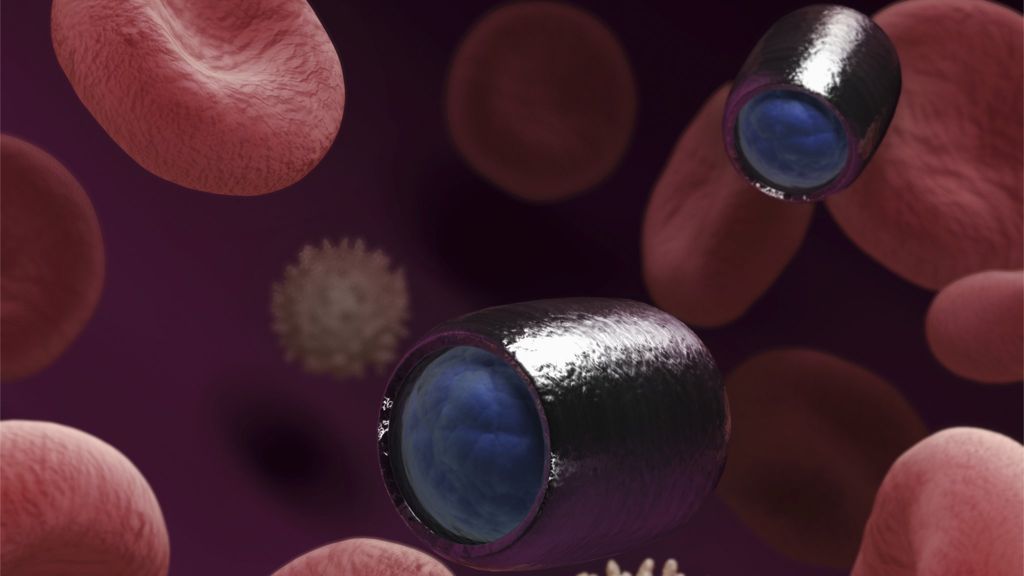Some of the world’s richest and most powerful people are convinced that we are living in a computer simulation. And now they’re trying to do something about it.
At least two of Silicon Valley’s tech billionaires are pouring money into efforts to break humans out of the simulation that they believe that it is living in, according to a new report.
Philosophers have long been concerned about how we can know that our world isn’t just a very believable simulation of a real one. But concern about that has become ever more active in recent years, as computers and artificial intelligence have advanced.









